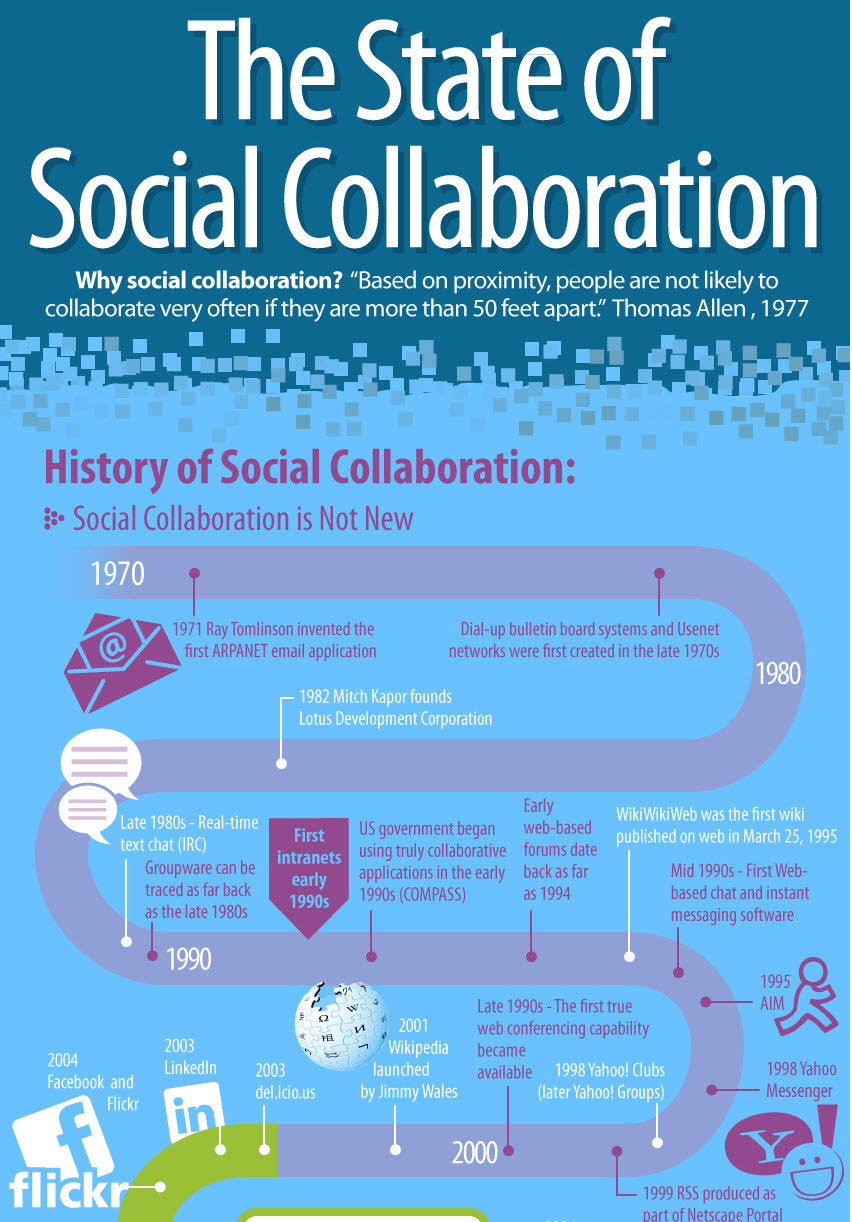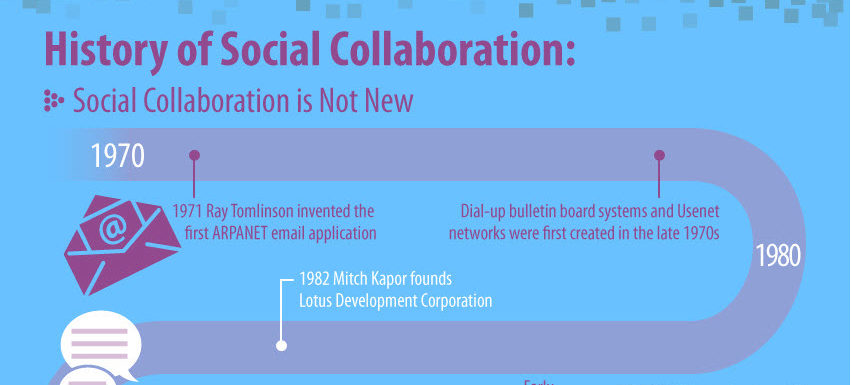Recently I came across a blog post from the Central Desktop Blog that talked about the state of Social Collaboration and I wanted to share some of their findings with you.

Social Collaboration is here to stay. Over the past several years we’ve gone from a feeling of skepticism to an expectation. With companies quickly setting up Facebook pages, implementing collaboration and project management technologies, the following question arises: how do you efficiently harness all this new technology?
Getting the most out of Social Collaboration
According to a post by Charles Seybold of LiquidPlanner.com, for companies to fully reap the benefits of social collaboration, firms must focus on giving individuals autonomy over their tasks. Seybold highlights that historically problems start to materialize when team members are not given a voice in project planning. For example, he points out the negative implications that occur when employees are subjected to an irrational schedule. We all know that bad schedules seriously cramp productivity and innovation and it’s in no one best interest to continue to work in these old ways.
How Social Collaboration and Task Management Can Help
Social collaboration and task management programs are attempting to fix the problem of ridged schedules by adding a more fluid and flexible structure to the project management process. As this field evolves, I thought it would be nice to share some Seybold’s rules of thumb on the topic:
- Every participant must benefit from participating – Project managers create value for managers but not always for team members. “What’s in it for me?” must be answerable for every member of the team for the team to achieve real engagement with the processes and tools
- Estimating and scheduling must be realistic
- Transparency must be maximized – Transparency will create more motivation, more engagement and more innovation.
- Autonomy must be maximized
Social collaboration is here to stay; in fact it’s only going to play a larger role in how companies work. With that in mind, I hope that some of these suggestions will serve as good jumping off points when thinking about how you can get the most out of social collaboration tools.

